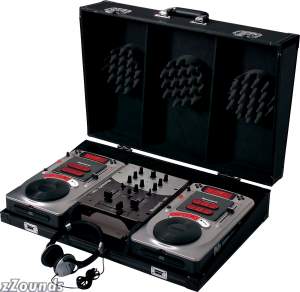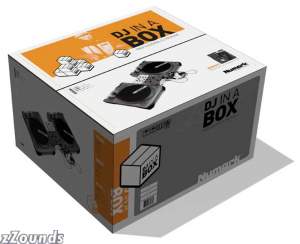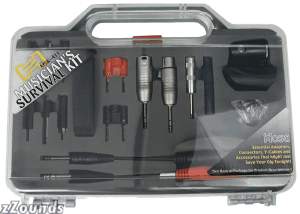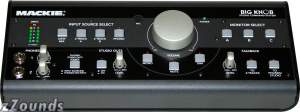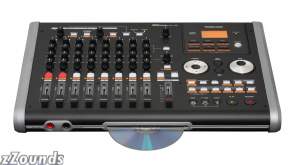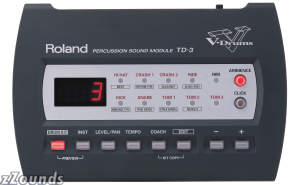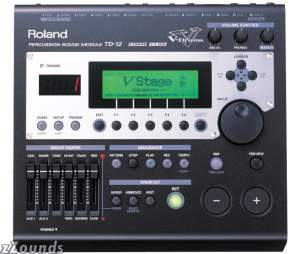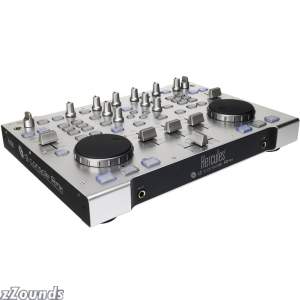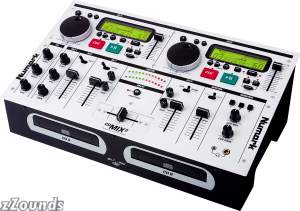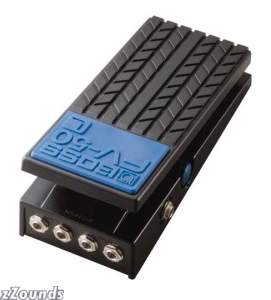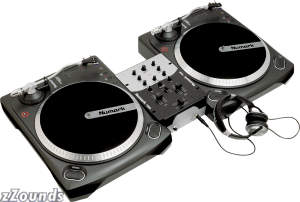Provides talkback, speaker switching, input source switching and four ultra loud and clear headphone amplifiers
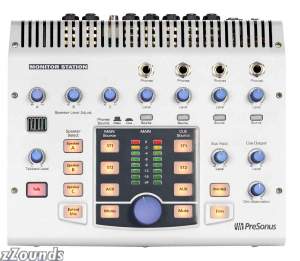

The PreSonus Monitor Station is the ultimate desktop monitoring and communications system for your recording studio. Based on the award-winning Central Station, the Monitor Station provides talkback, speaker switching, input source switching and four ultra loud and clear headphone amplifiers delivering everything you need to control your recording environment.
Features
Main speaker volume adjustment
3 stereo inputs (two balanced TRS, one RCA Aux/Phono)
Three sets of balanced TRS speaker outputs each with level adjustment
Talkback microphone with volume control to feed headphone and Cue output
XLR input for external dynamic talkback microphone
Accurate dual 8-segment LED for metering
4 loud and clear headphone amplifiers with separate volume control and independent input source selection
Main and Cue stereo output with independent input source selection
Dim with variable level adjustment
Aux and Phono level adjustment
Mute and Mono
Input Switching
The Monitor Station allows you connect up to three input audio streams (TRS1, TRS2, Aux/Phono) allowing you to switch between and compare different inputs. One application is used to connect your computer recording system main outputs to the TRS 1 inputs and a CD player's outputs to the Aux inputs on the Monitor Station to compare your mix with a commercial CD with the touch of a button.
Speaker Switching
Three sets of speaker outputs are loaded on the Monitor Station allowing you to audition your mix on different speakers to take the guessing out of how your mixes will translate in the real world.
Main and Cue Routing
The Monitor Station allows each of the stereo inputs (TRS1, TRS2, aux) to be routed to one of two audio paths, main and cue. The Monitor Station allows you to route two separate signals (Main and Cue) to each of the four headphone amplifiers. Send a mix with click track to TRS 2 input while sending the main mix to TRS 1. You can then enable the headphone amplifiers to listen to either cue or main mix. The main audio path always feeds what you will hear in the control room.
Total Communication
Communication during recording is essential. No more yelling when you need to talk to the musicians wearng headphones. Use the Monitor Station talkback system with onboad or external microphone to communicate with the musicians.
Customize Your Monitor Station
Three different functions on the Monitor Station can be set and saved during power up so that you can customize your recording system for the way you work.
Input selection can be set in either summing mode (TRS1, TRS2, and Aux/Phone are summed together when engaged), or in toggle mode (TRS1, TRS2, and Aux/Phono can only be selected one at a time).
Speaker selection can either work in all on mode (speaker A, B and C can be engaged simultaneously), in toggle mode (speaker A, B, and C can only be selected one at a time), or in subwoofer mode (A and B are selectable while C can be selected with A or B).
The Monitor Station's LED signal meters can also be set in three different modes for various signal levels (-10dB, +4dB and +10dB).
Headphone Amplifiers that go to 11
PreSonus has built a reputation for delivering the best-sounding headphone amplifiers available. Each of the four headphone amplifiers loaded in the Monitor Station deliver 150 milliwatts and are able to power any headphone with as much loud and clear volume needed for everyone in the band, including the drummer.
Technical Info
Audio Inputs
ST1 and ST2:
- Type: 1/4 inch TRS Active-Balanced
- Input Impedance: 10K Ohm
- S/N Ratio: Greater than 110dB
- THD+N: Less than .0075% (1Khz @ 0dBu)
- Frequency Response: 10Hz to 65KHz, -.5dB
- Noise Floor: -96dBu, 20Hz to 20KHz, 150 Ohm Input Termination
- Maximum Input Level: +22dBu, 0.5%THD+N
AUX:
- Type: RCA Active-Unbalanced
- Input Impedance: 47K Ohm
- S/N Ratio: Greater than 115dB (1KHz @ 0dBu, Unity gain)
- THD+N: 0.01% (1KHz @ 0dBu, Unity gain)
- Frequency Response: 10Hz-50KHz, -.5dB
- Gain Range: -80dB to +10dB
- Phono Mode Gain: 32dB @ 1KHz
- Phono Mode THD+N: 0.05%
- Phono Mode Noise Floor: -72dBu, 40dB gain, Inputs shorted
Audio Outputs
Speakers:
- Type: 1/4 inch TRS Active-Impedance Balanced
- Output Impedance: 51 Ohm
- Trim Range: -80dB to 0dB
- Main Level Range: -80dB to 0dB
- Dim Attenuation Range: -30dB to -6dB
Main:
- Type: 1/4 inch TRS Active-Impedance Balanced
- Output Impedance: 51 Ohm
- THD+N: Less than 0.0025%
- Frequency Response: 10Hz-50KHz, -.5dB
Cue:
- Type: 1/4 inch TRS Active-Impedance Balanced
- Output Impedance: 51 Ohm
- THD+N: Less than .003% (1KHz @ 0dBu)
- Frequency Response: 10Hz-50KHz, -.5dB
- Gain Range: -80dB to 0dB
- Dim Attenuation: -20dB (Talkback activated)
Headphones:
- Type: 1/4 inch TRS Active Stereo
- Maximum Output: 150mW/channel @ 60 Ohm load
- THD+N: 0.015% (150mW/channel @ 60 Ohm load)
- Frequency Response: 10Hz-50KHz, +1dB
Talkback
Dynamic Microphone Input:
- Type: XLR Female Balanced
- Input Impedance: 2400 Ohm
Internal Microphone:
- Type: Electret Condenser
- Sensitivity: -42dB
Mic Preamp:
- Gain Range: 15-55dB
Input Meters:
- Type: Dual 8 segment LED w/ Peak Hold
- Range: -26dBfs to 0dBfs
Power Supply
Type: External A.C. Transformer/Internal Linear
Power Consumption: 10VA


